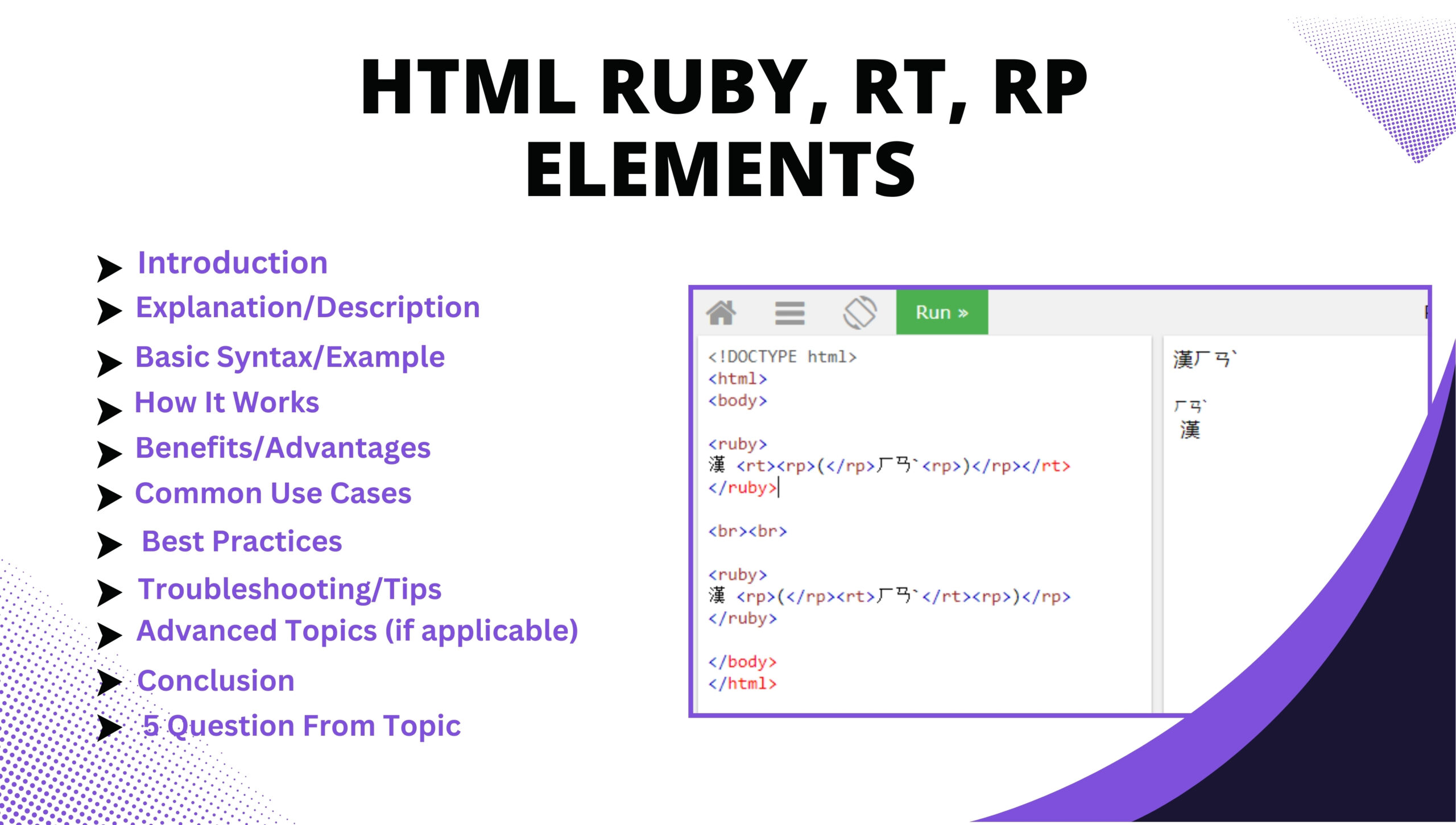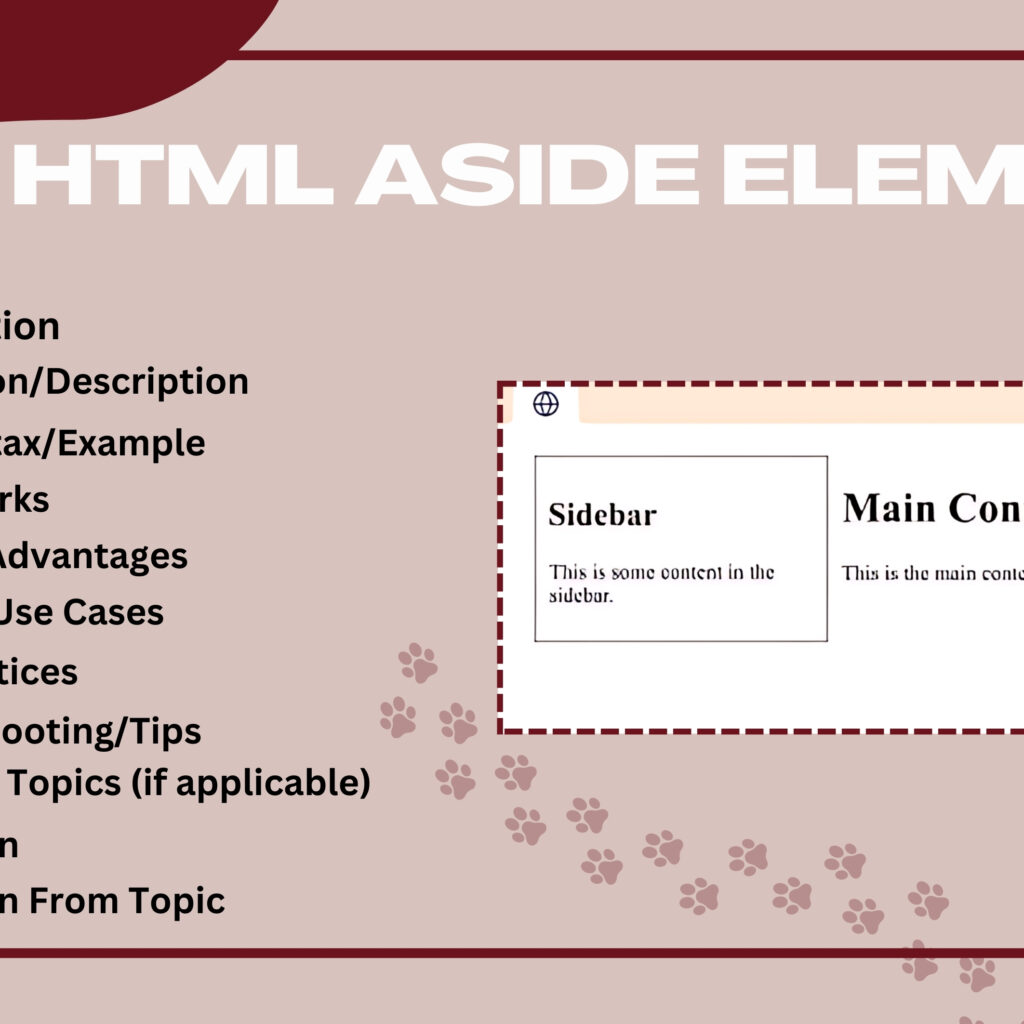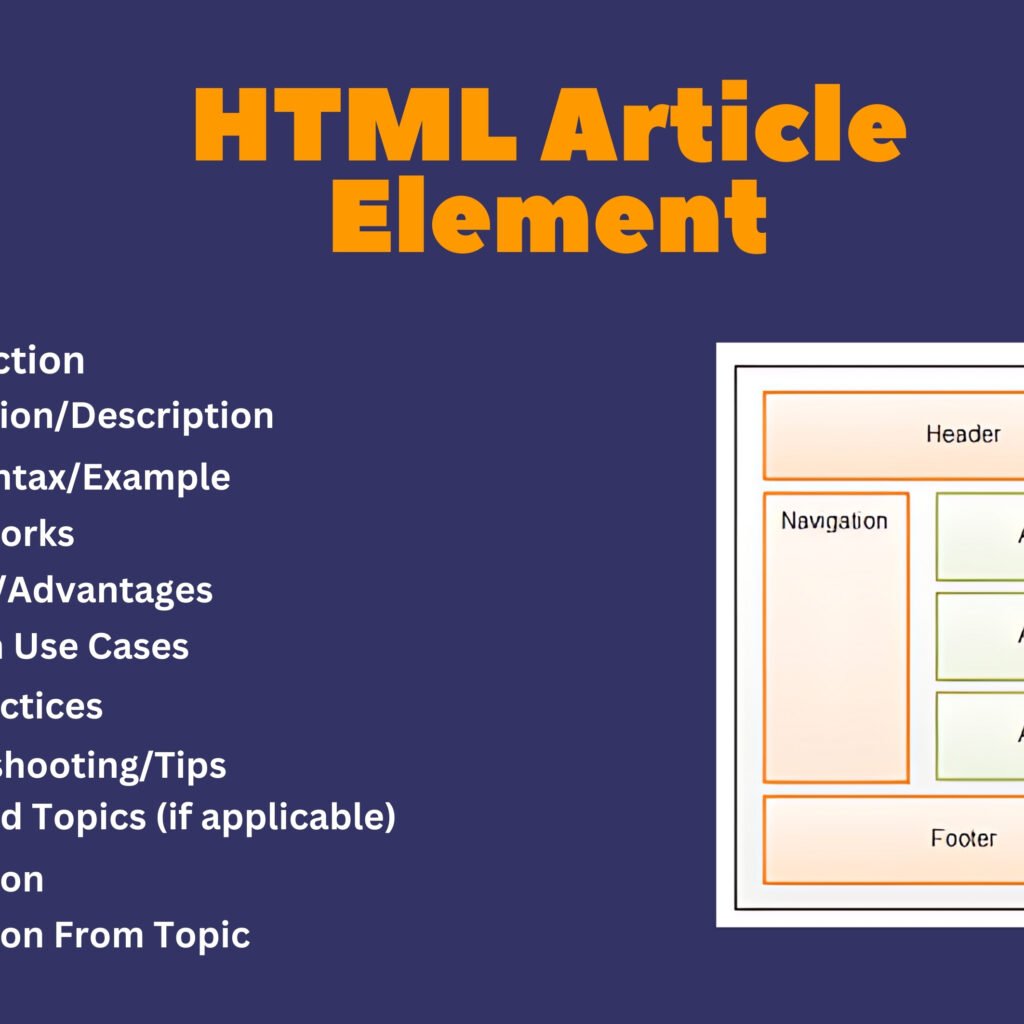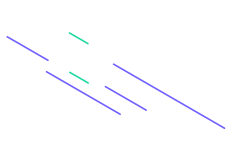
Introduction
The HTML <ruby>, <rt>, and <rp> elements are used to display ruby annotations, which are small, supplementary annotations often used to provide pronunciation or additional information for East Asian scripts, such as Chinese and Japanese. These elements help users understand how to read or pronounce text by displaying annotations alongside the main content.
Explanation/Description
<ruby>: The container element for the ruby annotation, wrapping both the base text and its annotation.<rt>: The element used to provide the ruby text (annotation) that appears alongside the base text within the<ruby>container.<rp>: The element used to provide fallback parentheses or text for browsers that do not support the ruby annotations, ensuring that the annotation context is still clear.
Basic Syntax/Example
<!DOCTYPE html>
<html>
<head>
<title>Ruby Annotation Example</title>
</head>
<body>
<h1>HTML Ruby, Rt, Rp Elements Example</h1>
<p>In Japanese, the word <ruby>漢字<rt>かんじ</rt></ruby> (kanji) refers to Chinese characters.</p>
<p>For additional support in older browsers, you can use the <ruby>example<rp>(</rp><rt>例</rt><rp>)</rp></ruby> with fallback text.</p>
</body>
</html>
In this example:
- The
<ruby>element contains both the base text (“漢字” and “example”) and the annotation text (“かんじ” and “例”). - The
<rt>element provides the ruby text (pronunciation). - The
<rp>element adds fallback parentheses for browsers that do not support ruby annotations.
How It Works
- Base Text and Annotation: The
<ruby>element groups the base text with its ruby annotation, while the<rt>element specifies the annotation that appears above or beside the base text. - Fallback Text: The
<rp>element provides fallback text or parentheses for browsers that do not support ruby annotations, ensuring that users can still understand the context.
Benefits/Advantages
- Enhanced Readability: Ruby annotations provide additional information about the pronunciation or meaning of East Asian characters, improving readability for users.
- Semantic HTML: The use of
<ruby>,<rt>, and<rp>elements ensures that annotations are semantically meaningful and accessible. - Browser Compatibility: Fallback text provided by
<rp>ensures that users with older or unsupported browsers can still access important information.
Common Use Cases
- Providing pronunciation for Japanese kanji or Chinese characters.
- Adding annotations for educational content in East Asian languages.
- Ensuring accessibility and clarity in documents with complex scripts.
Best Practices
- Use Appropriately: Apply
<ruby>to group base text and annotations, and use<rt>and<rp>to provide supplementary information and fallback text. - Style for Clarity: Customize the appearance of
<ruby>,<rt>, and<rp>elements with CSS to ensure readability and visual clarity. - Ensure Compatibility: Include fallback text with
<rp>to support users with older browsers or limited support for ruby annotations.
Troubleshooting/Tips
- Check Browser Support: Verify that ruby annotations are correctly rendered across different browsers and devices.
- Test Fallback Text: Ensure that the fallback text provided by
<rp>is clear and effectively communicates the intended annotation. - Consider Accessibility: Make sure that ruby annotations are accessible to users with disabilities, including those using screen readers.
Advanced Topics (if applicable)
- Custom Styling: Explore advanced CSS techniques to style
<ruby>,<rt>, and<rp>elements for a more polished appearance. - JavaScript Integration: Use JavaScript to dynamically generate or modify ruby annotations based on user input or content.
- Cross-Browser Testing: Conduct thorough testing across various browsers and devices to ensure consistent rendering of ruby annotations.
Conclusion
The HTML <ruby>, <rt>, and <rp> elements are essential for displaying ruby annotations and providing supplementary information for East Asian scripts. By using these elements effectively, developers can enhance the readability and accessibility of text, making it easier for users to understand and interact with complex scripts.
Five Questions
- What is the purpose of the HTML
<ruby>element? - How do the
<rt>and<rp>elements function within the<ruby>container? - What are some common use cases for ruby annotations in web content?
- How can you customize the appearance of
<ruby>,<rt>, and<rp>elements using CSS? - What are some best practices for ensuring compatibility and accessibility with ruby annotations?




